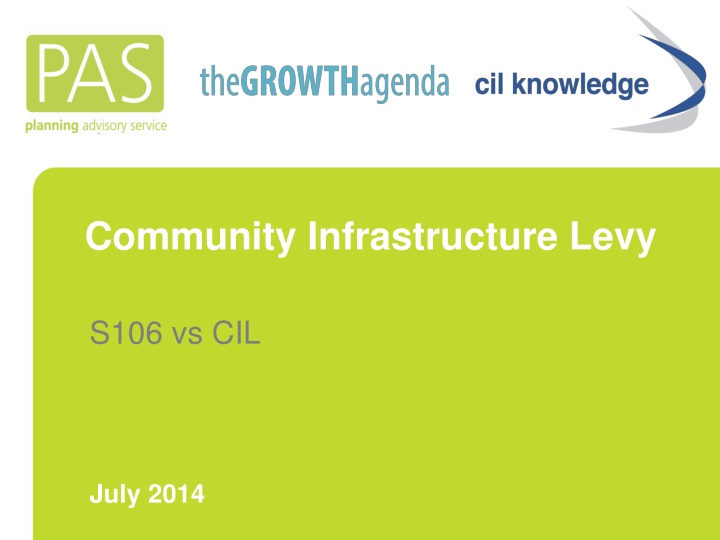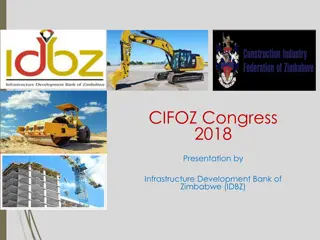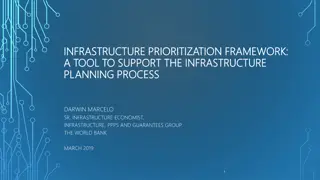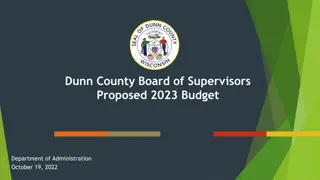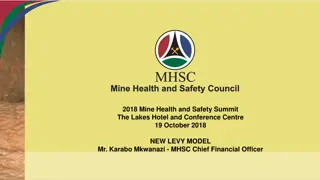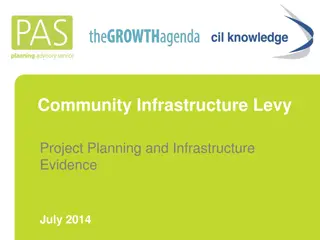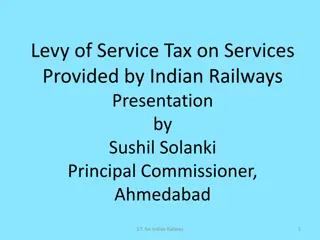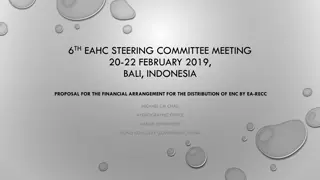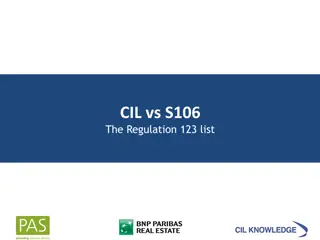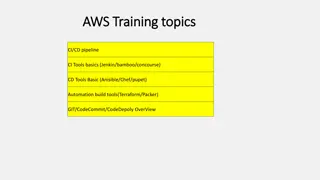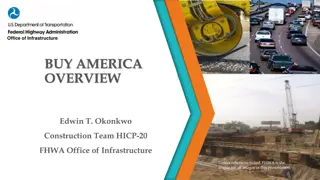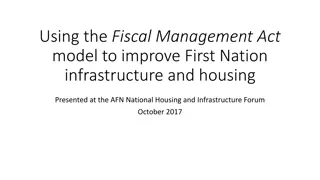Community Infrastructure Levy
Explore the importance of Community Infrastructure Levy (CIL) and Section 106 Obligations in development projects. Learn about normal development costs, differences between CIL and S106, decision-making processes, and funding sources. Understand how CIL impacts viability, infrastructure, and regulatory requirements. Discover when to use CIL or S106, and how to navigate obligations for successful examination.
Uploaded on Mar 08, 2025 | 0 Views
Download Presentation

Please find below an Image/Link to download the presentation.
The content on the website is provided AS IS for your information and personal use only. It may not be sold, licensed, or shared on other websites without obtaining consent from the author.If you encounter any issues during the download, it is possible that the publisher has removed the file from their server.
You are allowed to download the files provided on this website for personal or commercial use, subject to the condition that they are used lawfully. All files are the property of their respective owners.
The content on the website is provided AS IS for your information and personal use only. It may not be sold, licensed, or shared on other websites without obtaining consent from the author.
E N D
Presentation Transcript
Community Infrastructure Levy S106 vs CIL July 2014
Contents Why is it important? The differences and decisions The golden thread Developing an approach vacancy test CIL spending
Why is it important? Your approach to the on-going use of S106 impacts on: Viability evidence Infrastructure evidence Regulation 123 list So pretty much everything required to pass a successful CIL examination!
The differences? Normal Development Costs Normal development costs are the costs associated with producing housing or other uses purely to meet market requirements. Section 106 Obligations S106 Obligations are negotiated on a case-by-case basis but must meet the three legal tests: a) necessary to make the development acceptable in planning terms b) directly related to the development c) fairly and reasonably related in scale and kind to the development Using CIL CIL is a standard charge on new floorspace. Other funding New sources of funding include New Homes Bonus and Business Rate Retention. Neither are ring fenced. Business rate retention is particularly relevant in the Science Vale Enterprise Zone CIL will be the only remaining pooling mechanisms for financial contributions from developers In the context of infrastructure provision, normal development costs include but are not limited to: site roads, drainage, and services within the site; parking, footpaths, landscaping and amenity space within the site. The actual range of items will depend upon individual site circumstances and can only be fully estimated following a detailed assessment of each site. Once collected CIL can be spent on anything deemed to be infrastructure this might exclude things like training and enterprise, but include schools, community facilities, open space and transport The Council can also secure government grants or consider the use of its capital receipts to deliver infrastructure. Obligations can be a commuted sum, land in-kind, facilities in- kind, a restriction on developer activities. . After April 2015 no more than five s106 obligations can be pooled s106 tariffs are no longer allowed Charging Authorities have the option to accept payments in kind through the provision of infrastructure either on-site or off- site for the whole or part of the levy payable on a development. The council may use a Grampian Condition to ensure ensure infrastructure items are delivered at a particular stage in the development Normal development costs should be paid for by the developer and should not be regarded as a s106 obligation or a CIL eligible item. Receipts can only be spent on items agreed in the formal legal agreement In some cases (such as affordable housing provision) the full cost of the policy is additional to the normal development costs of producing market housing (Harman report 2012).
Decision tree Other sources may include grants, enterprise zone, LEP funds, New Homes Bonus. Is the infrastructure item/ type in the IDP Other Source no Is it CIL eligible yes no Is there likely to be a funding shortfall that requires developer contributions? Developer pays yes yes Will it be delivered on a strategic site? Whether to use CIL in-kind or s106 is a matter of preference yes S106 on-site mitigation or CIL in-kind yes no Is it a normal development cost Does the site alone generate the need for the infrastructure? no no yes Does the facility need to be delivered on that site? no CIL (general funding) yes Does the Council need to pool contributions from more than five developments to pay for the infrastructure? no
123 golden thread Devising it: A draft Reg 123 list is part of the examination Relevant Plan Infrastructure Evidence CIL Post Examination: should be based on the draft list examined with the charging schedule Need to explain the reason for change Appropriate local consultation Where a change to the regulation 123 list would have a significant impact on viability evidence requires a review of the charging schedule Infrastructure Evidence Funding Gap Project List Regulation 123 List
Developing an approach Local context When to use s106? When to use CIL? Recognition of delivery mechanisms Affordable Housing Objectives Strategic Sites vs Small Sites Planning Obligations Strategy CIL Technical Viability Existing S106 agreements
Implications on council resources Education Transport Community Facilities Green space Health Education Transport Education The greater demand on and for Council resources to deliver
Community Infrastructure Levy LA Experience
What are other LAs doing? Reviewing existing planning permissions, S106 agreements Having discussions with developers Considering the financial benefits of switching to CIL (in theory there should be no difference..) The most significant technical challenge in the regs
Examples Huntingdonshire: Regulation 123 list linked to Infrastructure Business Plan Specific definitions of CIL and non CIL funded projects
Examples - Wycombe Have created suite of documents to support reg 123 list: CIL and planning obligations funding decision protocol Sets out process and protocol for allocating CIL funding CIL spending programme Sets out projects set to receive CIL in this financial year Section 106 developer contributions spending programme Sets out amounts and project allocations over two year period CIL funding available Sets our indicative amounts and infrastructure type allocations for next financial year
Examples - Shropshire Highly detailed reg 123 list listing individual projects 18 place plans that prioritise the infrastructure needs at a local level
Questions www.CILknowledge.com
